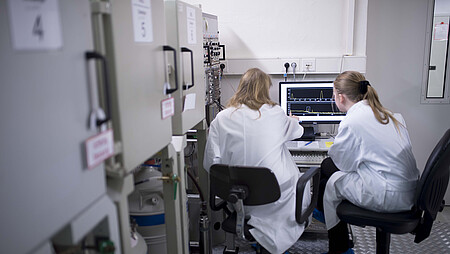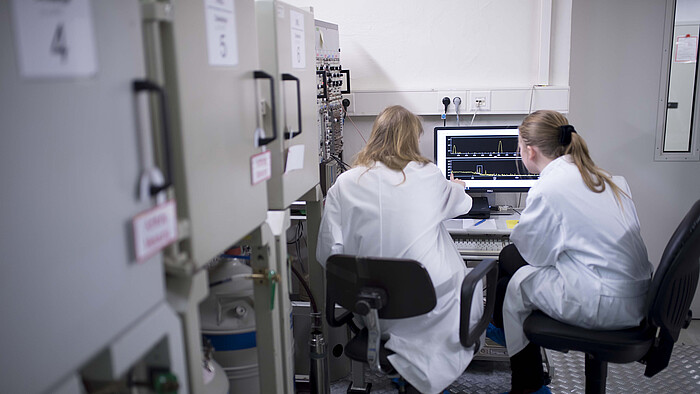


Research at the IRS
At the IRS, an interdisciplinary team is researching issues related to radionuclides in the environment. Using state-of-the-art analytical methods, important data for the estimation of human radiation exposure are generated. The aim is to achieve a comprehensive understanding of the processes underlying the propagation path to human exposure.
The IRS is involved in national and international collaborative projects.
Research at the IRS
At the IRS, an interdisciplinary team is researching issues related to radionuclides in the environment. Using state-of-the-art analytical methods, important data for the estimation of human radiation exposure are generated. The aim is to achieve a comprehensive understanding of the processes underlying the propagation path to human exposure.
The IRS is involved in national and international collaborative projects.
What is radioecology?
Radioecology is the science of the origin, occurrence and distribution of radionuclides in the environment. It deals with the phenomenon of radioactivity from the formation of elements to decay, from sources to sinks or from the generation of artificial radioactivity to the final disposal of radioactive waste and describes the paths of radionuclides through the environment to plants, animals and humans as well as their interaction with inanimate and living nature up to the resulting radiation exposure of living beings.
Radioecology arose as a result of the contamination of the environment with radionuclides from the global fallout of the above-ground nuclear weapon explosions. Due to the sharp decrease in exposure after the discontinuation of the tests, radioecology today focuses on other topics. German research in radioecology focuses on the spread of emissions from nuclear facilities (e.g. reprocessing plants Sellafield and La Hague) as well as from former uranium mining areas, e.g. in Saxony but also the consequences of the reactor accidents in Chernobyl and Fukushima. Significant discharges of mostly short-lived radionuclides occur during medical therapeutic and diagnostic procedures (e.g. Tc-99m, I-131). Investigations of the propagation paths up to the radiation exposure of humans are carried out today with modern analytical methods, partly on a microscopic level, in order to achieve a comprehensive understanding of the underlying processes from chemical speciation to the action of microorganisms.
Another field of work is radiation exposure to naturally occurring uranium and thorium as well as their decay products, in particular radon, which with its secondary products contributes the major part to natural radiation exposure. In this context, investigations are carried out on living space in areas with increased radon activity and on buildings with Th/U-containing clay walls.
Increased radiation exposure due to technologically enhanced naturally occuring radioactive materials (TENORM) is also a topic of radioecology, which has become increasingly important in recent years due to its high share in the worldwide radiation exposure of humans. A current example is the accumulation of natural radioactivity during the use of geothermal energy in geothermal plants.


